
Getty/Fox Photos English sculptor Barbara Hepworth in 1950
Barbara Hepworth was a Wakefield, England, artist and sculptor who popularized direct-carving as a form of expression over pieces based on a model or design — she’s also the subject of Tuesday, August 25’s Google Doodle.
“Carving to me is more interesting than modelling, because there is an unlimited variety of materials from which to draw inspiration,” Hepworth once said, according to website of the Hepworth Wakefield museum.
Hepworth was born in Wakefield in 1903, studied at the Royal College of Art and in Italy, and died in a fire in 1975, according to her estate. She has had exhibitions and retrospectives all over the world and was a key figure as a sculptor who worked in abstraction and found the final form of her works in the material itself rather than molding the material to resemble a pre-determined shape.
Here’s what you need to know about Barbara Hepworth:
1. Hepworth’s Father Was a Civil Engineer & Surveyor & She Used to Travel With Him All Over the County; She Would Later Study Sculture at the Royal College of Art
Hepworth was born in 1903 to Herbert and Gertrude Hepworth, according to her estate. Her father was a civil engineer for the West Riding County Council, then the county surveyor, and Hepworth would travel with him as he drove around West Riding for work.
Those trips would inform her work, with its fascination with materials shaping form, she would later say in 1961.
“All my early memories are of forms and shapes and textures,” Hepworth said, according to the Hepworth Wakefield. “Moving through and over the West Riding landscape with my father in his car, the hills were sculptures; the roads defined the forms.”
She began studies at the Leeds School of Art in 1920, where she met sculptor Henry Moore, who joined her at the Royal College of Art, and studying trips to Paris, according to the museum.
2. While Studying in Italy, Hepworth Met Her 1st Husband, John Skeaping; The Couple Would Later Split When They Both Had Affairs & She Would Marry Abstract Painter Ben Nicholson
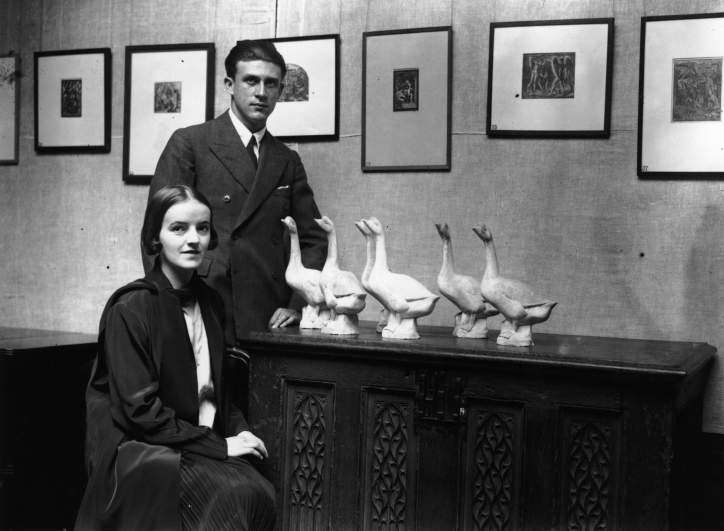
Getty/Fox PhotosBarbara Hepworth and her first husband, John Skeaping, in 1928.
While studying in Rome in 1925, Hepworth met sculptor John Skeaping, who largely sculpted horse and other animal forms, according to the Tate Gallery. The couple was married in Florence’s Palazzo Vecchio and lived in Rome until 1926, when Skeaping fell ill, according to Hepworth’s estate.
After returning to London, Hepworth began showing her art at a studio and some galleries, and the couple had a son, Paul Skeaping, in 1929, according to the Art Story.
In 1931, however, Hepworth and Skeaping’s marriage fell apart after she met and began an affair with Ben Nicholson, an abstract painter. Nicholson was also married at the time, according to the Art Story. Hepworth and Skeaping’s divorce was finalized in 1933.
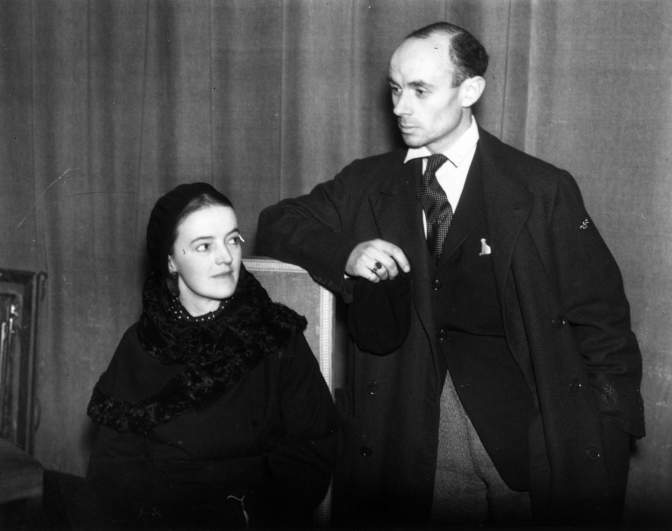
Getty/Fox PhotosBarbara Hepworth and Ben Nicholson.
Although they each worked in different mediums, they shared an interest in abstract forms and influenced each other’s work, according to Widewalls magazine. They would travel to Paris often and met many modernist contemporaries, including Picasso in 1933, according to her estate.
They would remain married until October 1951.
3. Hepworth Is Credited with Introducing ‘the Hole’ into Modern Sculpture
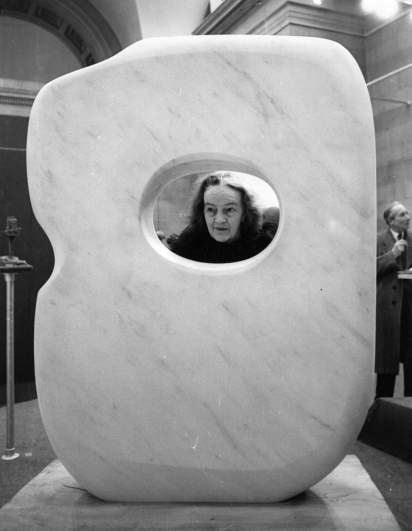
GettyArtist Barbara Hepworth peering through the hole in her own work ‘Pierced Form 1963’, at the Tate Gallery, London.
Hepworth pierced her first hole in a sculpture in 1931; it was a small carving she had made, and it was revelatory to her, according to the New York Times. The whole would go on to have an outsize influence on modern sculpture and be a defining feature of her work.
“When I first pierced a shape, I thought it was a miracle,” Hepworth said late in her life. “A new vision was opened.”
The hole used negative space to explore balance in a sculpture’s form and guide viewers’ eyes, according to Christies magazine.
Her holes also had deeper metaphysical conotations, art, writers and critics would later note.
“Look into a Hepworth hole and you are looking at what matter normally conceals – everything that matter cannot express,” writer Jeanette Winterson wrote for the Tate Gallery. “A Hepworth hole is not only a connection between different kinds of form, or a way of giving space its own form — it is a relationship with the invisible.”
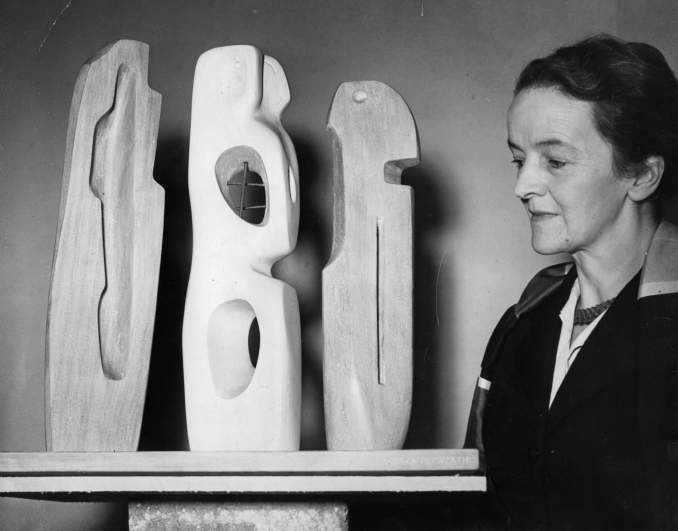
Getty/Fred MorleyBarbara Hepworth at the Tate Gallery, London, with her winning entry in the international sculpture competition ‘The Unknown Political Prisoner’.
Hepworth’s work influenced artists including Anthony Caro, Tracey Emin and Eduardo Paolozzi, according to the Art Story.
Hepworth’s Son Paul Died in a Flying Accident While Serving in the Royal Air Force; She Would Die in 1975 in a Fire at Her Studio & Home
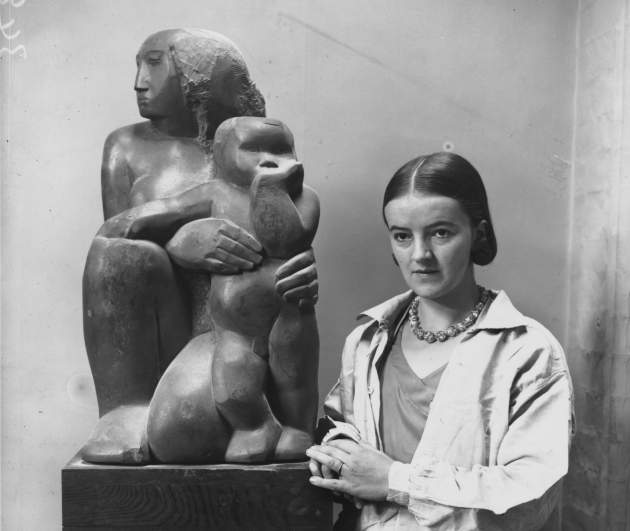
Getty/Fox PhotosBarbara Hepworth with her work ‘Mother and Child’.
In 1953, Hepworth’s son Paul, the only child she had with John Skeaping, was serving in the Royal Air Force, when he died in a flying accident over Thailand, according to her estate.
That year she carved a sculpture called Monoloith (Empyrean) in tribute to Paul and his navigator, according to her estate.
Her work went on pause for a few years following Paul’s death, according to the Art Story, until after a trip to Greece, she started working in new materials in 1956. During this period she was often referred to as the greatest living female sculptor.
She was made a Dame Commander of the British Empire in 1965, according to her estate, and served as the first female trustee of the Tate Gallery.
Hepworth continued to work until 1975, when she died in a fire at her home and studio in St. Ives, according to her New York Times obituary. Fire fighters found her body while knocking the blaze down.
She created around 500 sculptures in her lifetime.
Hepworth’s Studio & Sculpture Garden Remains a Popular Tourist Destination in St. Ives
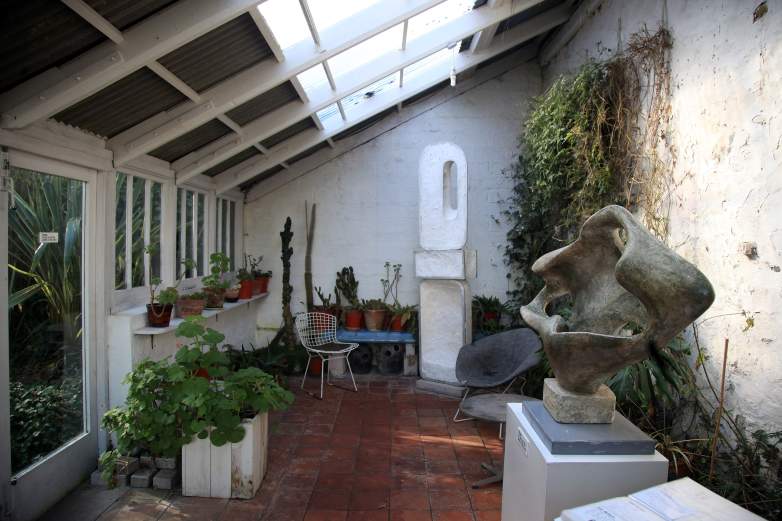
Getty/Matt CardyBarbara Hepworth’s Studio and Sculpture Garden in St. Ives.
Hepworth’s home and studio in St. Ives has been restored and serves as a popular tourist destination. Her family opened the spot to the public in 1976, per her wishes in her will, according to the estate.
According to the Tate Gallery, her stone-carving and plaster studios in the building have been largely unchanged and give visitors an authentic peek into Hepworth’s life and artistic process.
You can learn more about the museum and book entry through the Tate Gallery, here.
READ NEXT: WATCH: Louis DeJoy Says He Doesn’t Know Who OK’d Changes at U.S. Postal Service
